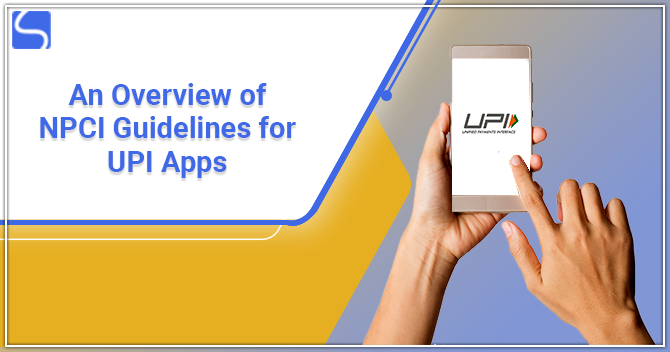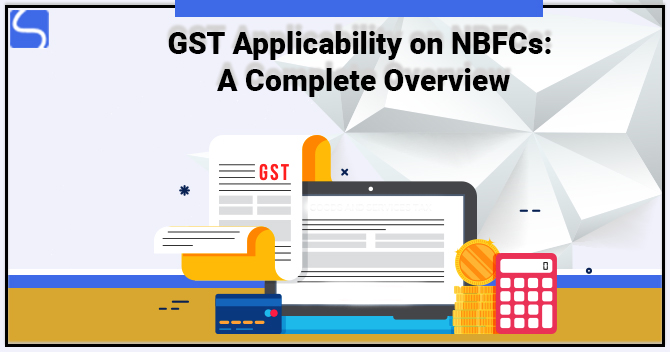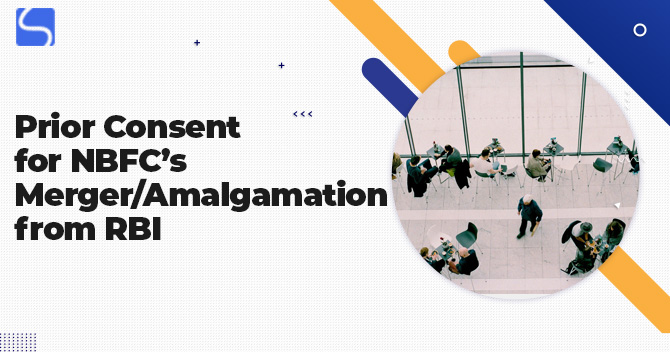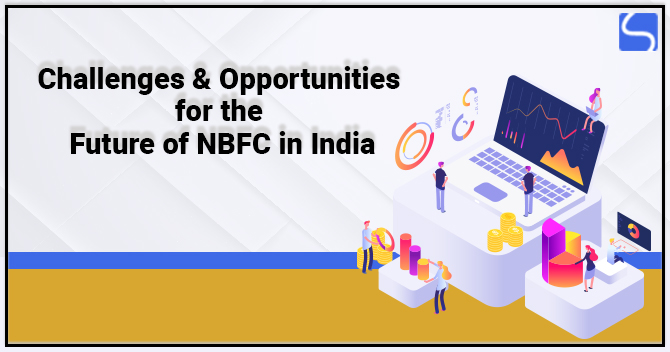An Overview of NPCI Guidelines for UPI Apps

Karan Singh | Updated: Aug 12, 2021 | Category: RBI Advisory
In recent years the digital payments have experienced rapid growth in India. Regardless of the Covid-19 pandemic and its economic impact, around 48 billion digital transactions were reported in the Calendar Year. Overall the total online transaction volume in 2020-21 was 4,371 crore, up from 3,412 crores in 2019-20, as per the annual report 2020-21 of the RBI, demonstrating the online payment system’s resilience in the face of the pandemic. In this blog, we are going to discuss the NPCI guidelines for UPI apps.
The RBI is in charge of payment system supervision and the BPSS (Board for Regulation & Supervision of Payment and Settlement Systems). The establishment of a new department DPSS (Department of Payment & Settlement Systems) by the RBI in the year 2005 to focus exclusively on PSS (Payment & Settlement Systems), and the succeeding legislative of the PSS Act, 2007 guided in a new era in the payment system history of the country.
In an outlook of Payment Systems, the Reserve Bank of India viewed the requirement for an organisation to supervise all the retail payment systems of the country. As an outcome, NPCI (National Payments Corporation of India) was established as an umbrella body under the support of RBI and the Indian Banks’ Association.
Table of Contents
NPCI – An Overview
NPCI was established in 2008 as a Section 25 (Non-for-Profit) company under the Companies Act, 1956 (currently Section 8 of the Companies Act, 2013) with the vision to serve all member banks & their clients, build infrastructure for working PAN Indian systems with high availability & scalability to process increasing volumes of retail electronic payments.
Roles & Responsibility of NPCI
- The primary goal of NPCI is to combine different systems with varying service levels and standard business procedures for all physical & digital payment and settlement systems.
- It also aims to offer a cost-effective payment method that benefits the country’s people and encourages financial inclusion. The UPI network’s owner, service provider, coordinator, and network operator are NPCI.
- It has the right to run & maintain the UPI network on its own or to contract with 3rd party service providers to deliver or perform vital services.
- NPCI maintains the right to examine its members’ UPI-related systems (comprising & software) as and when it considers right, either internally or externally. Moreover, each member should perform annually internal audits & make sure that its processing agent, if any, follow the UPI Procedural Guidelines & members should submit the audit report every year to NPCI.
- Apart from that, the Reserve Bank of India may conduct or have conducted examinations & audits of PSP to execute its functions under the PSS Act, 2007, and it shall be the responsibility of the PSP to help the RBI in performing such inspections & audits.
- If members infringe the NPCI guidelines, the NPCI retains the right to penalise them. Fines may be charged as part of the penalty, as determined by the UPI Steering Committee from time to time.
- The Bank or PSP will handle any client grievances regarding non-refunds for failed transactions or/and non-credit for successful transactions. As per the rules published by NPCI from time to time, any grievance about credit not being provided to a beneficiary shall be resolved decisively and bilaterally by the allowing & beneficiary banks.
What are the NPCI Guidelines for UPI Apps?
Concerning the regulations, there exist the NPCI guidelines for UPI apps. These NPCI guidelines for UPI are framed under the provisions of the PSS Act, 2007.
These NPCI guidelines for UPI are binding in nature, and thus every member of UPI (Unified Payment Interface) has to abide by them. There are three broad necessities given by the guidelines to become a UPI member, and you can check the same below:
- The company willing to deliver mobile banking services will come under the RBI regulation under the Banking Regulations Act, 1949[1].
- The member should endure by all certification necessities, procedural guidelines, risk and operating circulars and NPCI guidelines for UPI issued time to time.
- The bank should be live on IMPS (Immediate Payment Service).
The UPI ecosystem is aimed at banks as only banks are permitted to interact with the UPI switch. This doesn’t vitiate the opportunity of Non-Banking Organisations to carry transactions in this ecosystem. They have to obey one extra requirement and have to partner with any banking organisation which has enabled UPI.
Once the bank enabled UPI agrees, the company can create their Payment Service Provider (PSP), which is recognised as a 3rd party application. The partnered banks are entirely responsible for all the financial & operation liability of these applications.
The data of clients should be maintained by the banks, and the merchant app shouldn’t have access to it. The payment concerning the responsive data, credentials should by no means reach these merchant apps and only exist in the UPI system of the bank. It imposes accountability on the bank for the proper functioning of the apps and to make sure that the application assists supports all versions of Android and iOS.
These NPCI guidelines also offer freedom to the client for downloading any application as they want. Clients can have two applications in a single device, and no application should obstruct the working of the other while installing, operating or any function done by the application. In the current condition, the application is compulsory for android and iOS devices but optional for windows.
The present members can be suspended or terminated anytime from undertaking the functions by NPCI if the member fails to obey any UPI or NPCI product, procedural NPCI guidelines for UPI or any provisions by RBI or NPCI. It can further be terminated if the member’s RTGS account with the Reserve Bank of India is suspended by the Central Banks. Moreover, in the case where the member bank is amalgamated or combined with another member bank, the membership is terminated or suspended. At last, if the Reserve Bank of India suspends the consent of the mobile application, then the also merchant stops being a member.
Conclusion – NPCI Guidelines for UPI Apps
After discussing the NPCI Guidelines for UPI Apps and a thorough examination of the UPI system, we can conclude that India is taking vital and excellent moves toward digitalisation. These procedures & policies are well-thought-out, complete and yet prudent. The widespread surveillance system offers total security & eliminates the possibility of human errors. The procedural guidelines are to take precautions to protect the client. The obligation of responsibility on banks for any discrepancies increases the confidence & trust of the people in these online platforms.
The recent case study of WhatsApps emphasises the processes that a UPI payment platform should go through to get RBI & NPCI consent. Acceptance of such platforms can even be approved in a law court, making the judiciary the 3rd line of protection.
Read our article:Micro Financing Scheme of NMDFC in India – A Complete Guide














